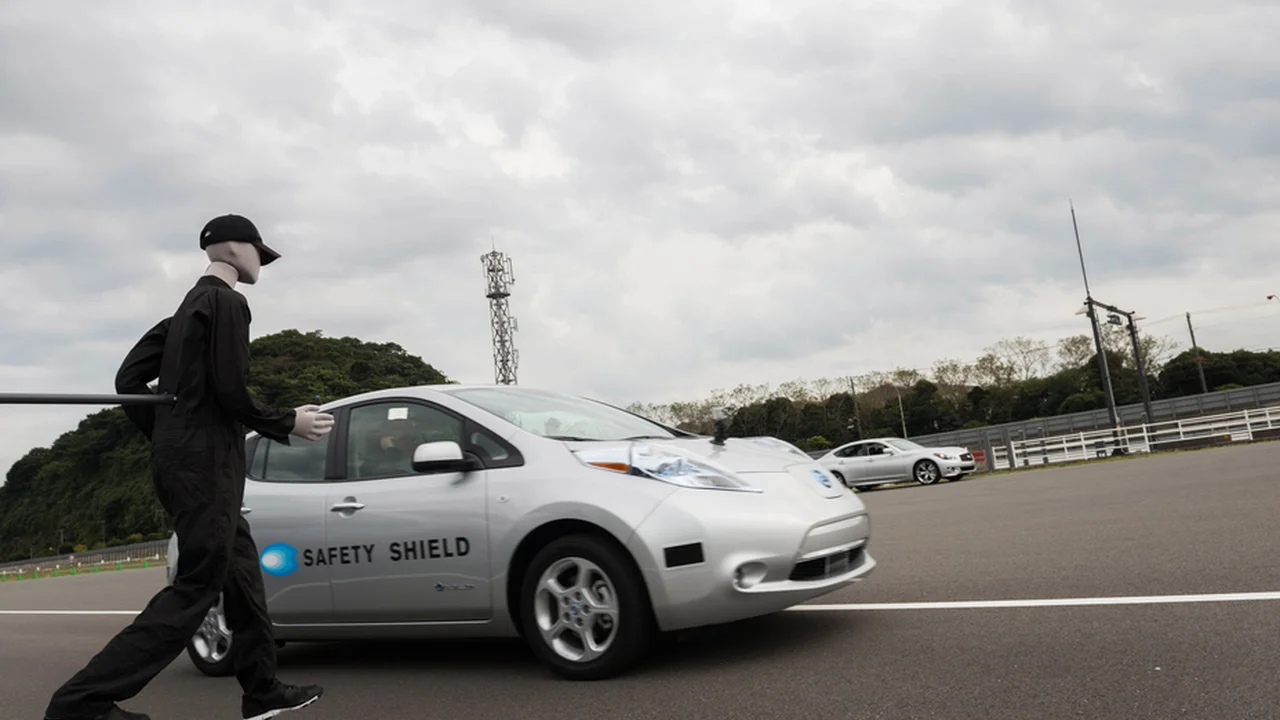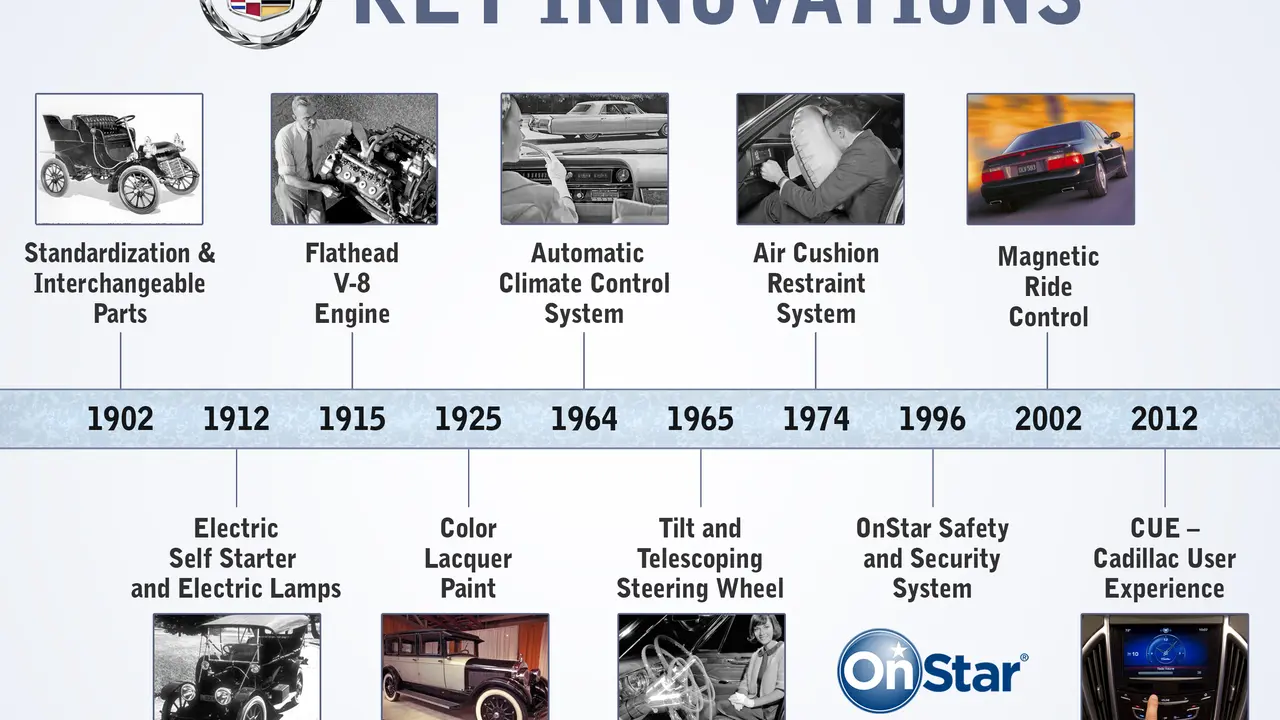The Future of Autonomous Emergency Steering

Understanding Autonomous Emergency Steering Technologies for Enhanced Safety
Alright, let's dive deep into the world of Autonomous Emergency Steering (AES). It's not just about cars driving themselves; it's about making driving safer for everyone, even when we're behind the wheel. Think of AES as your co-pilot, always vigilant and ready to step in when things get hairy. This system uses a combination of sensors like radar, cameras, and ultrasonic sensors to constantly monitor the vehicle's surroundings. It's looking for potential hazards: a pedestrian suddenly stepping into the road, a car braking hard in front of you, or even drifting out of your lane unintentionally.
The core idea is simple: if the system detects an imminent collision and the driver isn't reacting quickly enough, it will automatically steer the vehicle to avoid or mitigate the impact. This can involve small adjustments to steer around an obstacle or a more aggressive maneuver to prevent a crash. The beauty of AES lies in its ability to react much faster than a human driver, especially in situations where split-second decisions are crucial.
The Evolution of Emergency Steering Systems: From Basic to Advanced
Emergency steering isn't exactly new. Early systems were pretty basic, often integrated with Electronic Stability Control (ESC) and focusing primarily on preventing skidding. These systems would apply brakes individually to wheels to help the driver maintain control during a loss of traction. But AES takes things to a whole new level. It actively steers the car, not just to maintain stability, but also to avoid obstacles altogether.
The current generation of AES systems is far more sophisticated. They use advanced algorithms to predict potential collisions and determine the best course of action. Some systems even consider the driver's inputs (steering angle, throttle position) to decide whether to intervene and how aggressively to do so. It's a complex dance between the car's computer and the driver, all aimed at keeping you safe.
Key Components and Functionality of Autonomous Emergency Steering
So, what makes AES tick? It's a combination of hardware and software working in perfect harmony:
- Sensors: Radar, cameras, and ultrasonic sensors are the eyes and ears of the system. They provide a 360-degree view of the vehicle's surroundings, detecting objects, measuring distances, and assessing risks.
- Control Unit: This is the brain of the operation. It processes the data from the sensors, determines the likelihood of a collision, and calculates the optimal steering maneuver.
- Steering Actuator: This is the muscle. It receives instructions from the control unit and physically turns the steering wheel to execute the emergency maneuver.
- Braking System Integration: AES often works in conjunction with the automatic emergency braking (AEB) system. If steering alone isn't enough to avoid a collision, the system will also apply the brakes.
Real-World Applications and Scenarios for Emergency Steering
Where does AES really shine? Here are a few scenarios where it can make a big difference:
- Urban Environments: Navigating crowded city streets with pedestrians, cyclists, and parked cars can be challenging. AES can help avoid collisions with vulnerable road users who suddenly appear in the vehicle's path.
- Highway Driving: Lane departures due to driver fatigue or distraction are a common cause of accidents. AES can help prevent these accidents by gently nudging the vehicle back into its lane.
- Adverse Weather Conditions: Rain, snow, and ice can reduce visibility and make it difficult to control the vehicle. AES can help maintain stability and avoid collisions in these challenging conditions.
- Parking Maneuvers: Some AES systems can even assist with parking, automatically steering the vehicle into tight spaces.
Product Recommendations: Leading Autonomous Emergency Steering Systems
Alright, let's talk about some specific AES systems you might find in today's cars:
Mobileye SuperVision: Advanced Driver Assistance System
Mobileye's SuperVision is a comprehensive ADAS solution that includes AES. It uses a multi-camera system to provide a highly detailed understanding of the vehicle's surroundings. It's known for its robust performance in a variety of driving conditions and its ability to handle complex scenarios.
Use Cases: Highway driving, urban environments, and situations requiring advanced object detection and collision avoidance.
Pros: Excellent object detection, robust performance, and advanced features like lane centering and adaptive cruise control.
Cons: Can be expensive, and the system's reliance on cameras can be affected by poor visibility (e.g., heavy fog).
Price: Typically integrated into vehicle packages, adding several thousand dollars to the vehicle's MSRP (Manufacturer's Suggested Retail Price).
Bosch ESP with Emergency Steering Support
Bosch's ESP (Electronic Stability Program) is a widely used stability control system that now includes Emergency Steering Support. This system uses sensors to detect when the driver is making an evasive maneuver and provides additional steering assistance to help the driver avoid an obstacle.
Use Cases: Emergency situations where the driver is actively trying to avoid a collision.
Pros: Widely available, relatively affordable, and enhances the driver's steering control.
Cons: Less proactive than some other AES systems, as it primarily assists the driver rather than taking over completely.
Price: Often included as standard equipment on many vehicles.
ZF TRW's Active Emergency Steering
ZF TRW offers an Active Emergency Steering system that uses an electric power steering (EPS) system to provide precise and responsive steering assistance. This system can detect potential collisions and automatically steer the vehicle to avoid or mitigate the impact.
Use Cases: Urban driving, highway driving, and situations requiring precise steering control.
Pros: Precise steering control, responsive performance, and integrates well with other ADAS features.
Cons: Can be more expensive than some other AES systems.
Price: Typically integrated into vehicle packages, adding several thousand dollars to the vehicle's MSRP.
Comparing AES Products: Performance, Features, and Price
Choosing the right AES system depends on your needs and budget. Mobileye SuperVision offers the most advanced features and robust performance, but it's also the most expensive. Bosch ESP with Emergency Steering Support is a more affordable option that enhances the driver's steering control. ZF TRW's Active Emergency Steering provides precise and responsive steering assistance.
When comparing AES systems, consider the following factors:
- Performance: How well does the system detect potential collisions and avoid obstacles?
- Features: Does the system offer additional features like lane centering, adaptive cruise control, and parking assistance?
- Price: How much does the system cost, and is it worth the investment?
Future Trends in Autonomous Emergency Steering: What's Next?
The future of AES is bright. As sensor technology improves and algorithms become more sophisticated, we can expect to see even more advanced and reliable systems. Here are a few trends to watch:
- Increased Autonomy: AES systems will become more autonomous, capable of handling a wider range of driving situations without driver intervention.
- Improved Sensor Fusion: AES systems will use a combination of sensors (radar, cameras, lidar) to create a more complete and accurate picture of the vehicle's surroundings.
- Connectivity: AES systems will be connected to the cloud, allowing them to receive real-time information about traffic conditions, weather, and other hazards.
- Personalization: AES systems will be personalized to the driver's preferences and driving style.
The ultimate goal is to create a world where car accidents are a thing of the past. While we're not there yet, Autonomous Emergency Steering is a major step in the right direction. It's a technology that has the potential to save lives and make driving safer for everyone.
:max_bytes(150000):strip_icc()/277019-baked-pork-chops-with-cream-of-mushroom-soup-DDMFS-beauty-4x3-BG-7505-5762b731cf30447d9cbbbbbf387beafa.jpg)






